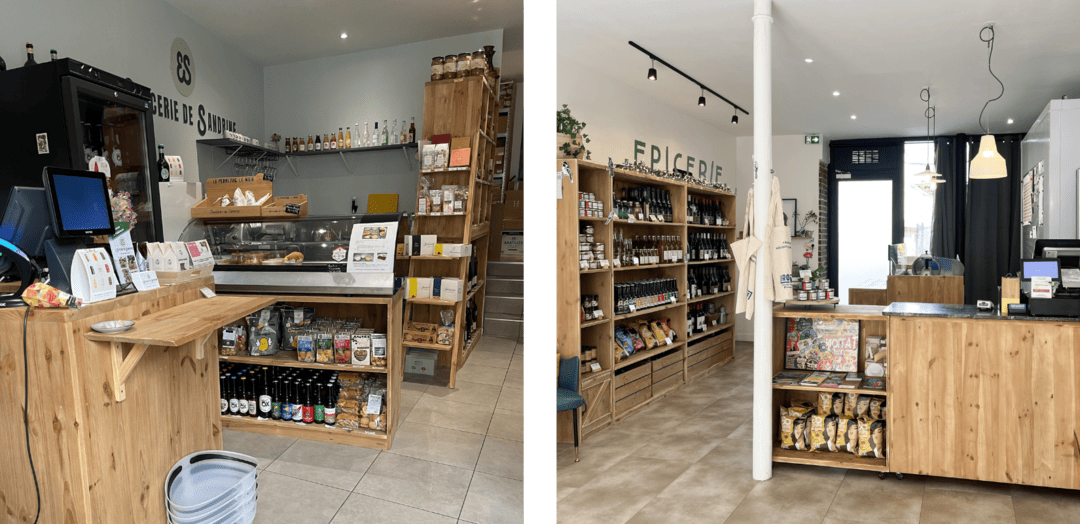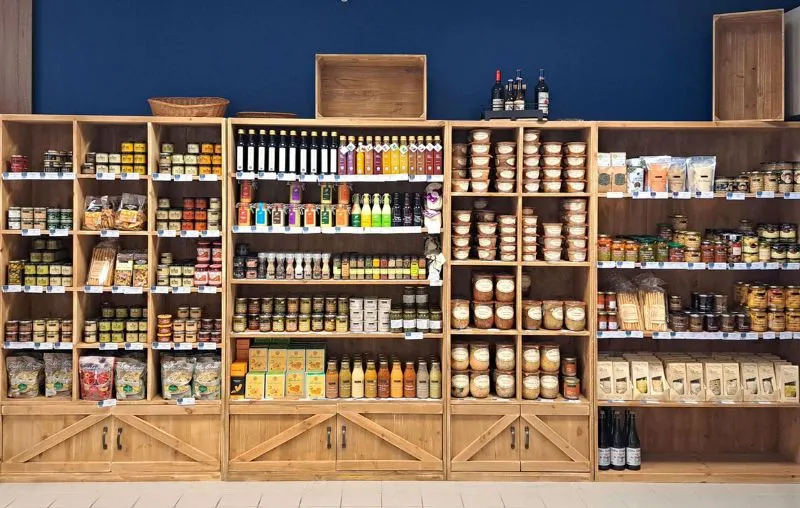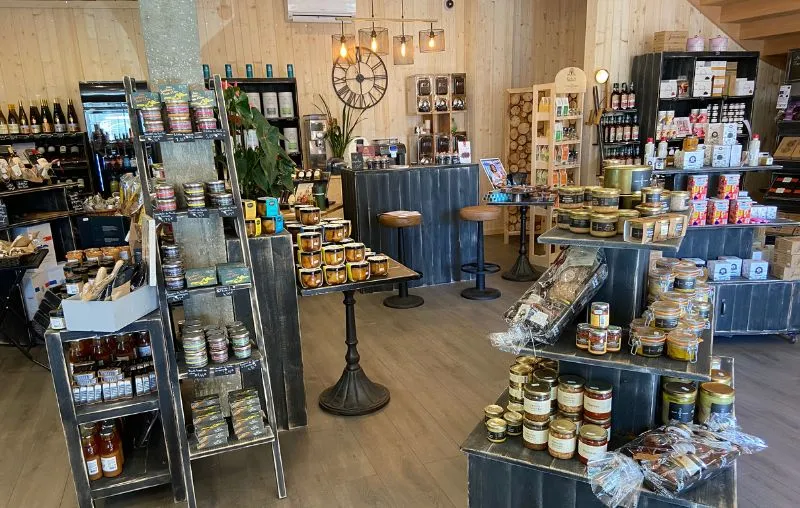-
MenuBack
-
Products
-
-
-
By profession
-
-
-
By profession
-
-
-
-
-
By product category
-
-
-
By profession
-
-
-
-
-
By product category
-
-
-
-
-
-
By product category
-
-
-
By profession
-
-
-
Business
-
- Destocking
- Second-hand
-
Customer projects
-
-
My layout project
-
Published on : 10/13/2023
How do you lay out your delicatessen?
As an independent retailer, you know that the presentation of your products is essential to attract and retain your customers. In this article, we'll explore best practices for designing a delicatessen. Learn how to optimise your space, choose the right furniture and create a memorable customer experience. The layout of your delicatessen can make all the difference to the success of your business. Find out how to use these tips to maximise your shop's appeal and your customers' happiness.

Optimising space for a successful delicatessen
The checkout area is one of the nerve centres of your delicatessen. It's often the first and last place your customers will see. Opt for furnishings that make it easy to pay and reflect your shop's upmarket image. By placing attractive products within easy reach, you encourage impulse buying, which can significantly boost your sales. So choose a checkout counter that allows you to display this type of product there.
Divide your delicatessen into separate sections for each product category, such as wines, cheeses, confectionery, etc. Choosing the right locations and types of furniture for each type of product is crucial. Choose store shelves or central display units, highlighting the unique characteristics of each. For example, for wines, choose shelves with removable dividers to adapt to the different sizes and shapes of bottles.

Fixtures and merchandising: making your products stand out from the crowd
Visual merchandising plays a crucial role in your customers' shopping experience. Harness the power of visual displays to grab their attention towards specific products. Play with heights, colours, and contrasts to create a striking effect. Arrange your offerings in a spacious manner for maximum readability. Don't hesitate to showcase a flagship product at a strategic, well-lit location to make it irresistible to your customers. Nothing beats tiered shelves or displays for optimal showcasing.
As a merchant, every detail matters to entice your clientele in a fine grocery store. Fixtures and furnishings play a central role in this pursuit. A well-chosen and well-arranged fixture will showcase your products, drawing customers' gaze to the items you wish to highlight. It smoothly and aesthetically guides their shopping journey. Moreover, the fixtures are a visual reflection of the soul of your fine grocery store. They contribute to creating an inviting ambience in harmony with your identity and the experience you aim to provide. Hence, a thoughtfully designed fixture becomes a centrepiece for success in visual merchandising.
The choice of textures and materials for your furniture can influence the overall atmosphere of your delicatessen. Opt for natural materials such as wood and stone to create a warm, authentic atmosphere. For example, using slate shelves to display cheeses can highlight their rustic appearance and texture, appealing to fans of authentic products.

The art of successful tasting thanks to your layout
For the tasting area, the goal is to create an inviting ambience where your customers can savour and appreciate your products. Ensure that this area is easily accessible and marked. To maximize its appeal, consider offering themed weekly tastings in your delicateness to pique customers' interest and promote new products.
A successful layout in your fine grocery store goes beyond mere furniture arrangement. It's the art of crafting an immersive experience for your customers. Thoughtfully designed spaces entice them to explore and delight in discovering your products. A well-planned tasting area, featuring elegant high tables and comfortable chairs, provides a dedicated space where they can savour and enjoy your offerings. Clear layout, ensuring each section is easily accessible and well-marked, simplifies their shopping journey.
Moreover, clever arrangement encourages cross-selling and prompts impulse purchases. When product suggestions are skillfully paired with each tasting, like assortments of terrines or local cheeses that complement the offered wines, customers are more inclined to broaden their choices. This translates to a higher average basket value and increased customer loyalty—crucial elements for the success of your fine grocery business.
